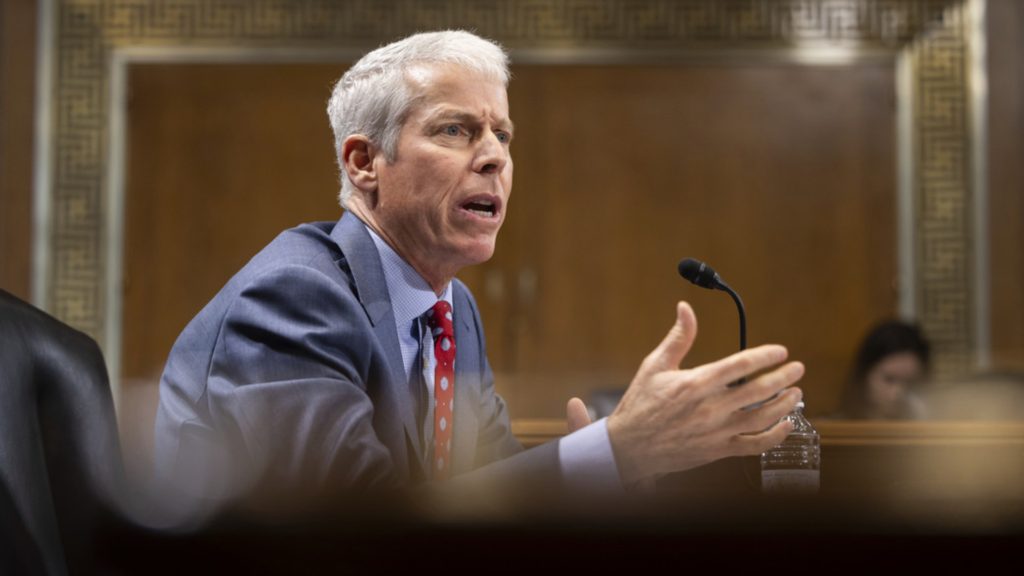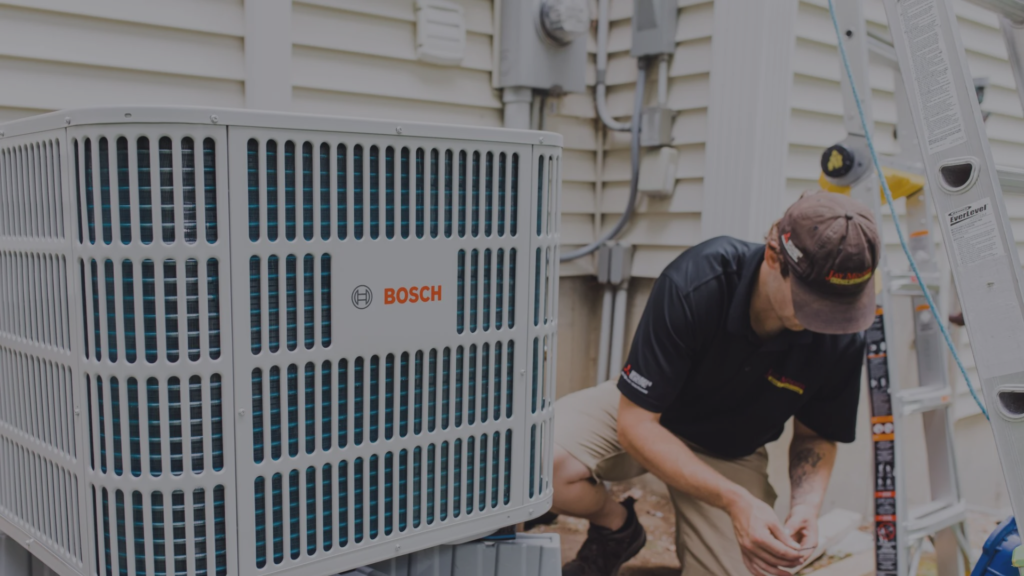Q&A: Capital HVAC owner on call-by-call management
By supporting technicians in real time on every service call, the company's generating more revenue out of fewer calls

Image: Capital HVAC
“Call-by-call management is kind of the buzzword right now,” Jason Fox, owner of Wisconsin-based Capital Heating, Cooling, and Electric, told me recently.
His comment sparked a conversation, so we dove into Capital’s approach to managing individual service calls. Below is our conversation, lightly edited for clarity.
Why do you say call-by-call management is a buzzword right now?
As business owners, we hire technicians, train them on our processes, and then send them on their way, hoping they’ll follow those things. But we have very little visibility into what’s really going on. We can do call recording, but it’s still a bit like management in the rearview mirror — you’re still reliant on the technician doing what they’re supposed to do.
Call-by-call management helps stop a lot of that, and it’s not about micromanaging. It allows you to document a process and help the technicians follow it in real time. We just want to make sure that we give all options to a customer every time we go into a house.
Can you explain Capital’s process?
We use Slack. Our call-by-call managers start a “channel” for each service call and post our Rules of the Road — a list of steps — for technicians to walk through. The techs will let us know when they arrived and did our five-star greeting, and then update the channel as they evaluate the system.
We focus a lot on static pressure because it’s such a big problem, and we can know immediately if there’s a massive failure, for example. [Then], we can loop people in, including myself or our general manager, so we’re fully supporting the technician in real time.
Got it. So technicians update managers on every step of the call via Slack, but what happens if they identify it as a sales opportunity?
We’ll pull a salesperson into that specific channel and they’ll hover while the tech confirms there’s a bigger issue. Once they do, they can show customers the issue — at the beginning of the call, not the end, so it’s a better transition — and say, “We have a sales supervisor in the area. We’d like them to come out and revalidate my readings.” Because we want to measure twice and cut once.
Then, after the salesperson gets there, they’ll go through everything with the technician, and then present all the repair or replacement options and let the customer choose.
Where do call-by-call managers fit into your org chart?
We don’t have dispatchers or service managers. Our call center puts calls on the board and our call-by-call managers organize it. They’re also somewhat doing the job of a service manager. Eight technicians for one call-by-call manager is the max we’ll do. They’re responsible for organizing the day, maximizing revenue, seeing what technicians are struggling with, and validating every step of the process.
That way, you don’t have a guy who sits in the office, once in a while does ridealongs, and then when average tickets are down, says, “We’re going to do training.” What are you gonna train them on? I could be completely wrong, but when you have one person in charge of revenue and processes, the result is true accountability.
Some technicians are really good, but how do you know what they’re doing all day? Those real-time controls give you visibility. You can identify problems instantly and fix them right away.
Did anything surprise you once you started running calls this way?
One of the things we realized is that you need enough salespeople available because you find so many more opportunities. This year, we set it up one-to-one — one salesperson to one tech. And the opportunities seem to bring better results because now you have someone available to meet with the customer — when there’s a problem, they want it resolved; they don’t want to wait.
How has the approach affected the business overall?
We’ve seen a significant increase in the amount of opportunities, and our profitability has gone up. We’re actually generating more revenue out of fewer calls than we were prior.
Before, it was like, “We need to put more calls in the funnel because we’re not getting enough sales opportunities.” Now, with the process being refined, we’re generating more with less.
Editor’s note: This is not an endorsement of Slack — or a specific process. It’s to share how one contractor approaches call-by-call management.
📬 Get our stories in your inbox
Keep reading
Department of Energy postpones HVAC testing, water heater regulations
The Department on Monday announced that it's postponed the implementation of several Biden-era home appliance rules
Financing applications for repairs jump 37% in 2024, report finds
The second in a two-part series of takeaways from HARDI's 'State of the Channel' report, including industry trends, data, and contractor input
Trump administration releases funds for low-income HVAC program
The Department of Health and Human Services released $400 million of the program's remaining funds, following states' concerns


